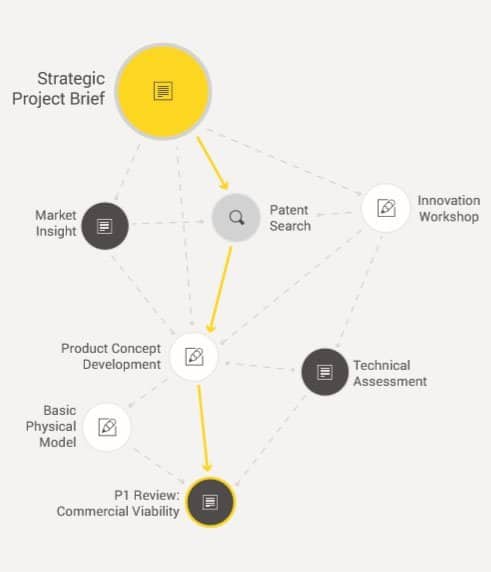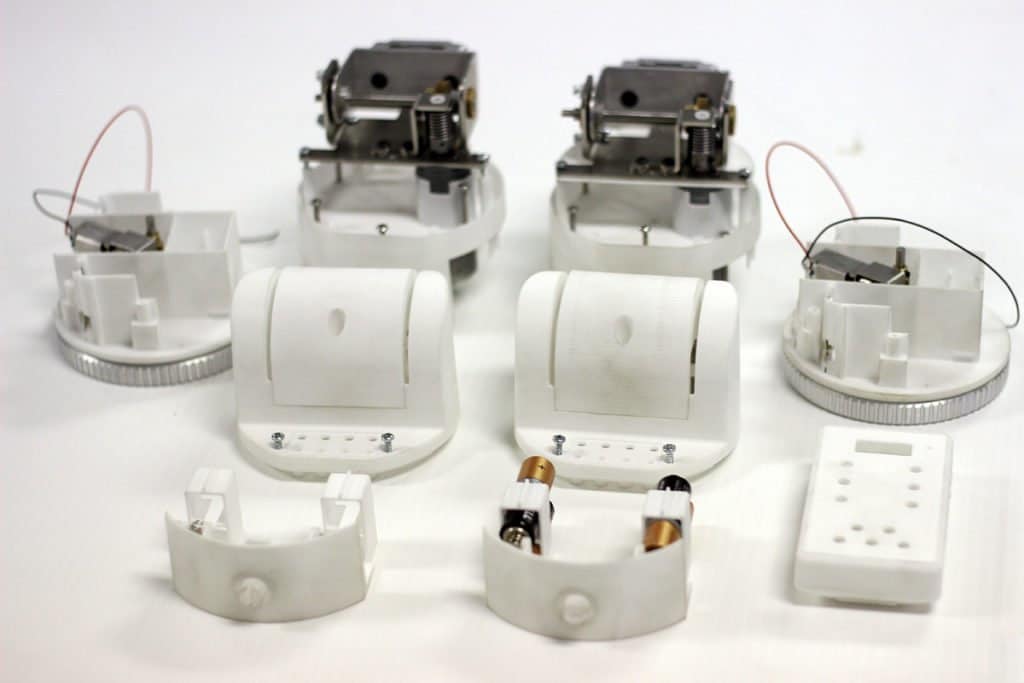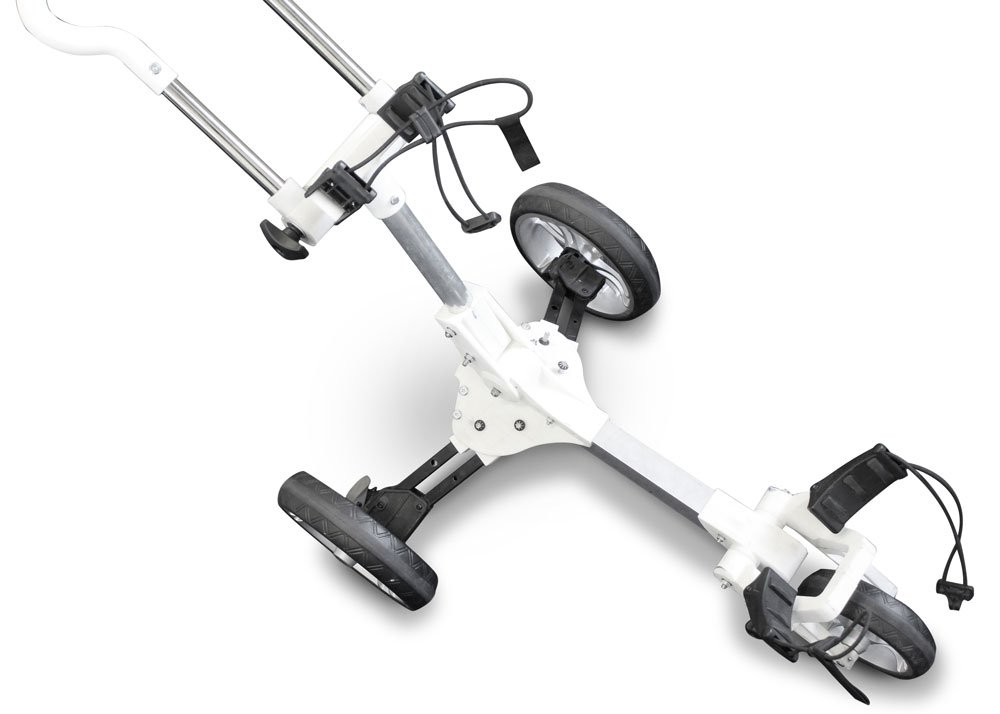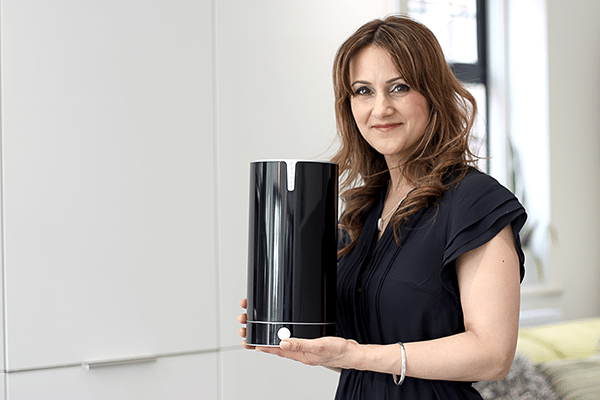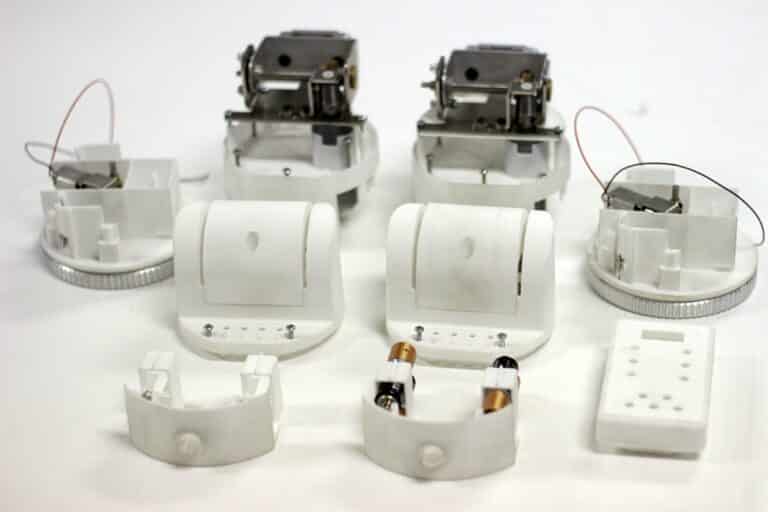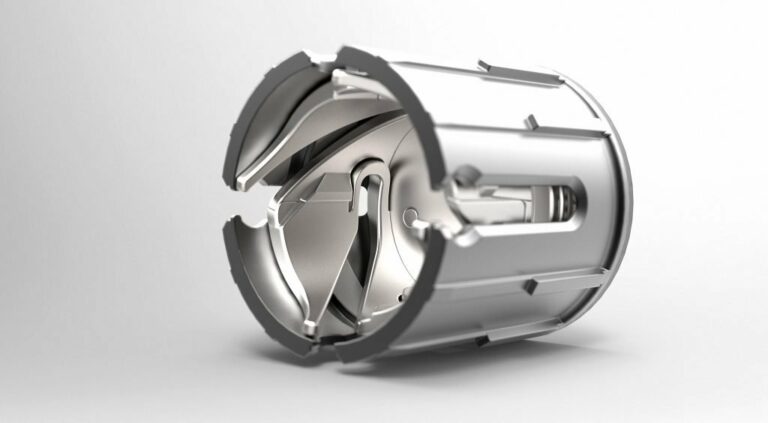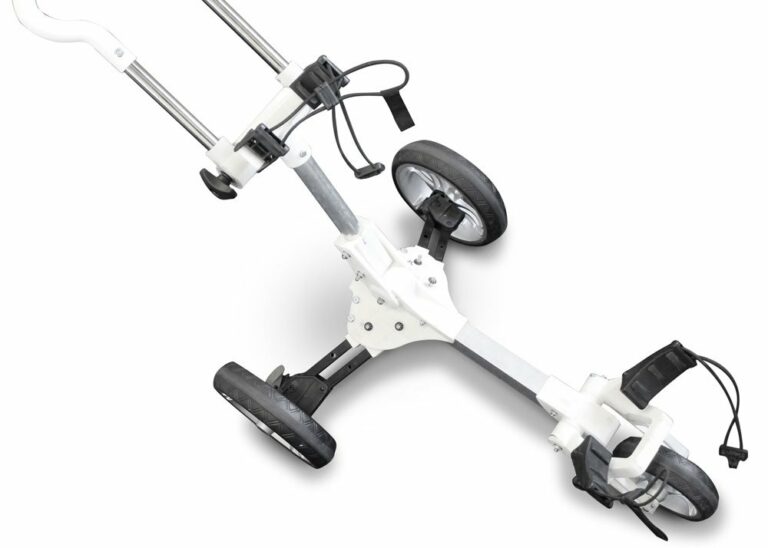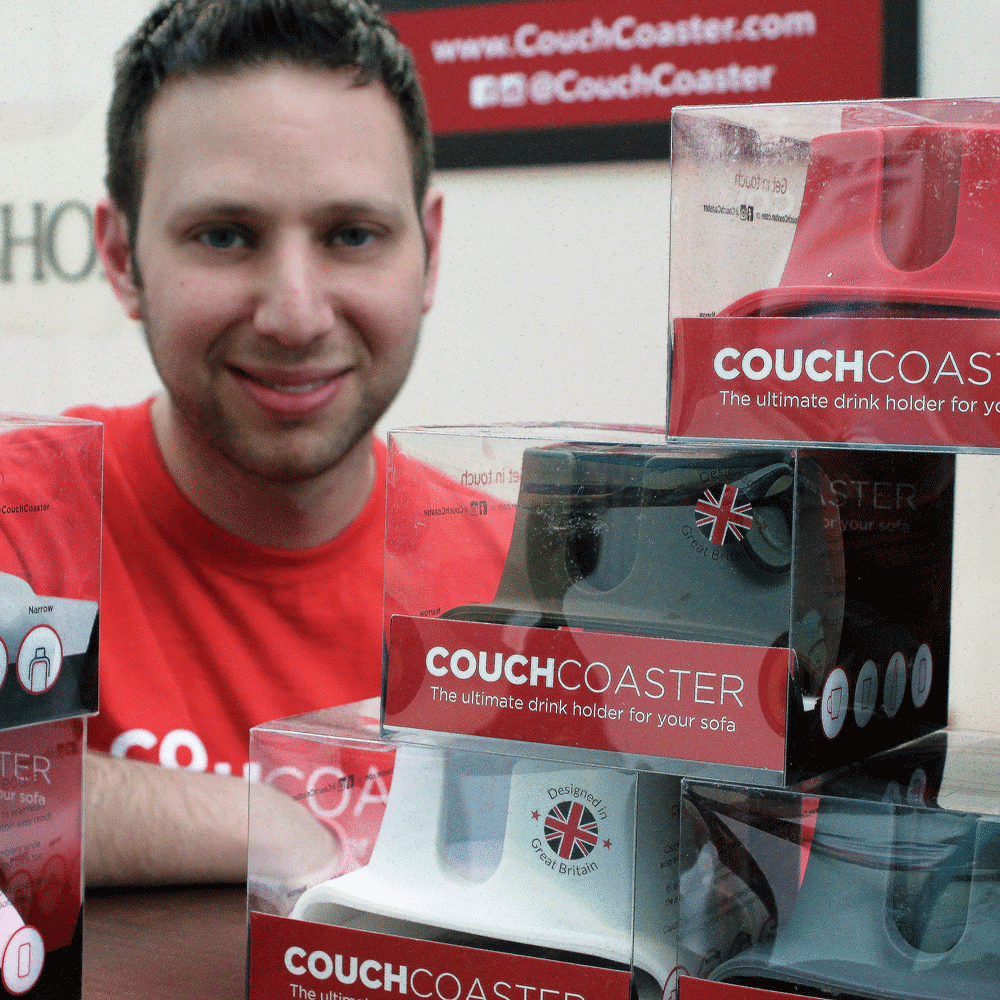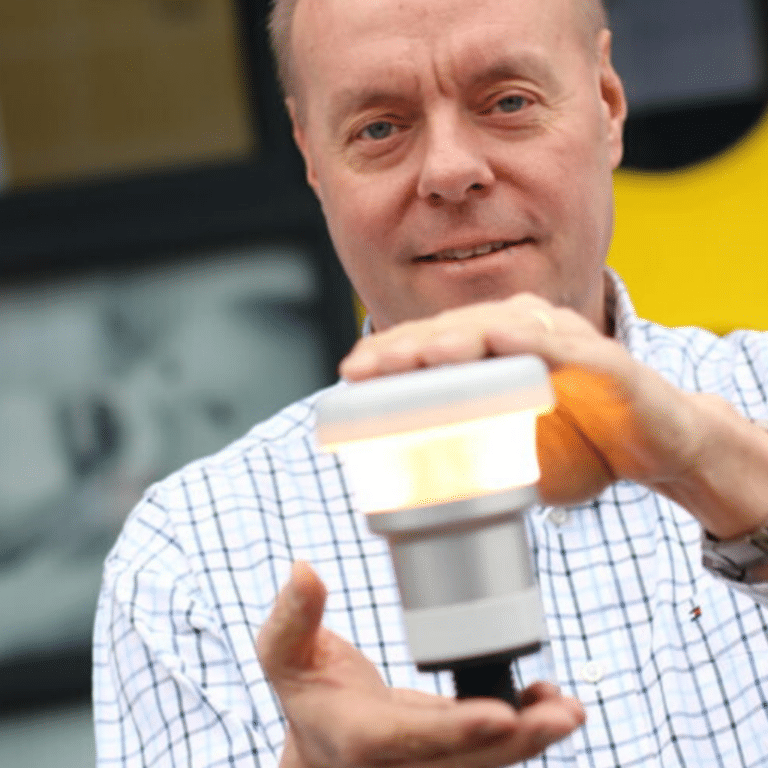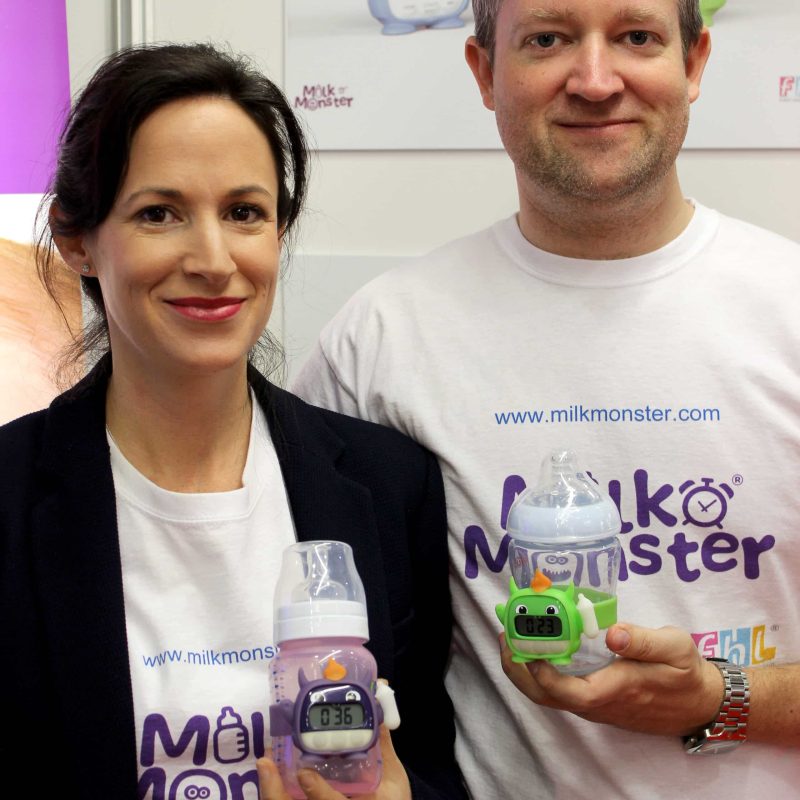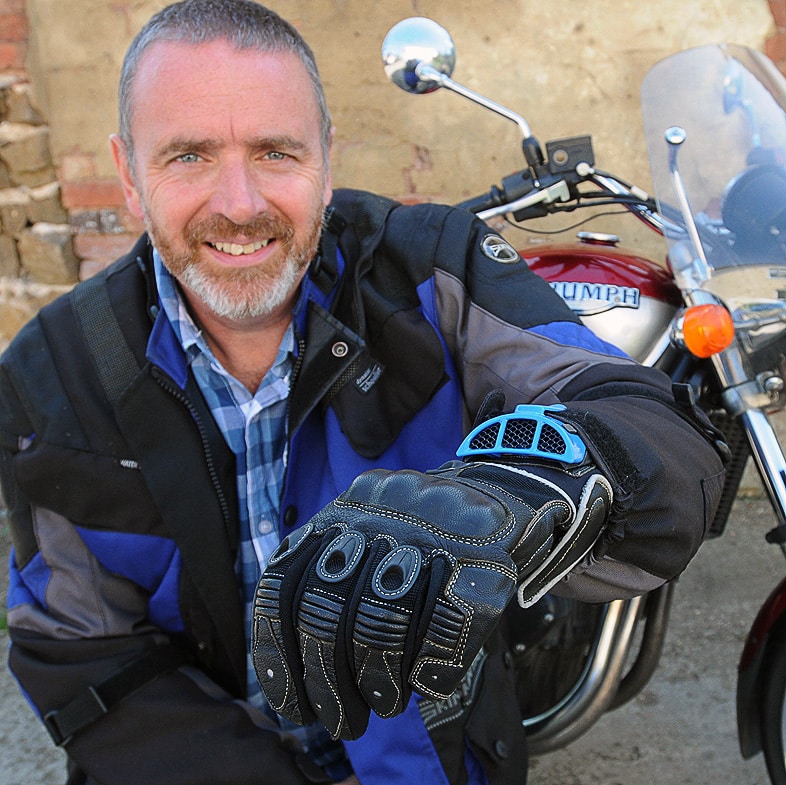Client Testimonials
What people say
Phil and Sarah at the D2M team helped us to take our product Saddlemac from prototype to a manufacturable item. It really was from 'design to market!' They helped us through every step of the journey, from an industry standard manufacturing spec, through sampling all the way to getting our product manufactured to a high quality for a competitive price.
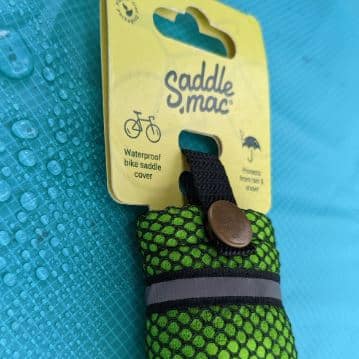
I have been working with D2M for a number of years now in relation to my concept and their enthusiasm, skill and aptitude has been second to none. I couldn't have wished for a better partner along the way. I couldn't recommend them more highly.

D2M is a skilled product design company founded by Phil Staunton. Many ideas start sketched on a napkin, and D2M has developed the concept through to high-volume manufacturing. Phil built this business from the ground up, making his insights invaluable.
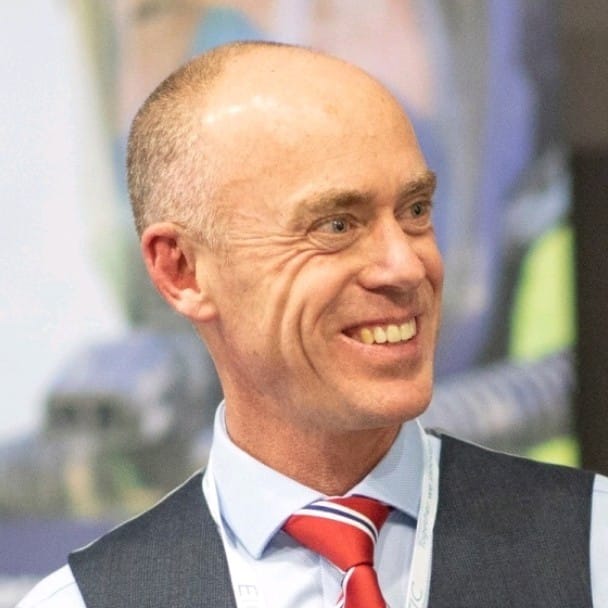
Extremely experienced design company who are able to provide the skills necessary for product design from Mood Board artistry through Mechanical Design and Tooling requirement and into production. Highly recommended!
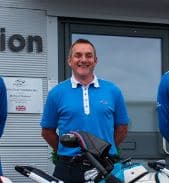
Excellent product design & development business, we used D2M a few years back in the development of a consumer product. Creative, clear processes, deep network, client-centric & good budget management, definitely a go-to business for NPD.

